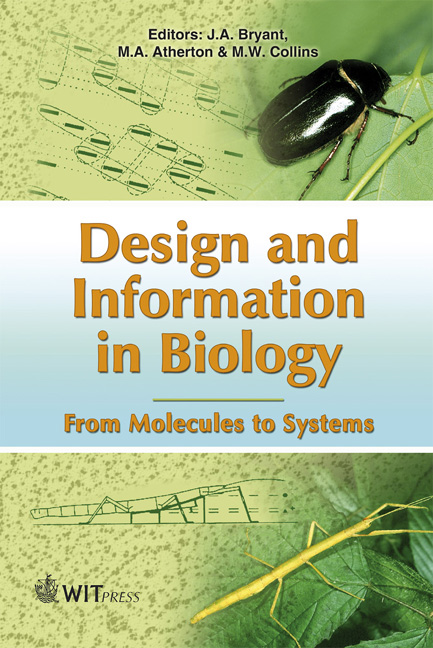Insect Observations And Hexapod Design
Price
£23.00
Volume
27
Pages
38
Published
2007
Size
1178 kb
Paper DOI
10.2495/978-1-85312-853-0/09
Copyright
WIT Press
Author(s)
M. Randall
Abstract
Chapter 9 Insect observations and hexapod design M. Randall Faculty of Engineering, University of West of England, Bristol, UK. Abstract The hexapod leg configuration for walking robots is described in relation to the stick insect. The role of hairs, sensory organs and receptors in leg functions such as mediating load compensation and obstacle avoidance is explained. Observations on gait reveal important factors for informing models of hexapod walking and leads on to strategies for dealing with rough terrains. 1 Introduction Nature has presented us with many ‘blueprints’ for hexapod machines in the form of millions of species of insects. The goal is not to re-create an insect in mechatronic form. Instead, in considering insect walking, the structure and nature of sensory machinery and the control processes employed by insects when walking over rough terrain, much can be learned that will inform the engineer when designing awalking machine, and particularly a hexapod. Here, a large volume of biological study is reviewed. The last section summarises the relevant findings for the design of the hexapod used in this research. In [1], we coined the term ‘intelligent hexapod bio-robotics’ to describe this field of research. There is a huge amount of literature on the subject of insect neurophysiology and neurobiology. For extensive reviews, readers are referred to [2, 3] and more recently [4, 5]. 2 Justification for biologically inspired engineering There are many reasons for considering a biological approach to robotics a useful direction for making a more sophisticated hexapod. It has been the experience of a number of researchers, particularly Beer and his colleagues at CaseWestern Reserve University, that ‘copying’ strategies employed by insects has only been beneficial to their work [6]. Some of the reasons follow. Mark Randall was only 29 years old when he died on 21 September 2000. Mark had been keen to contribute a chapter to this book and his wife, Emma, offered this chapter from Mark’s own book Adaptive Neural Control of Walking Robots, Professional Engineering Publishing, 2001.
Keywords





